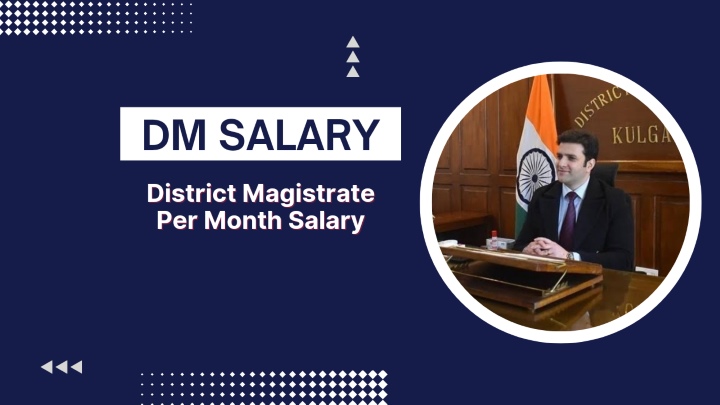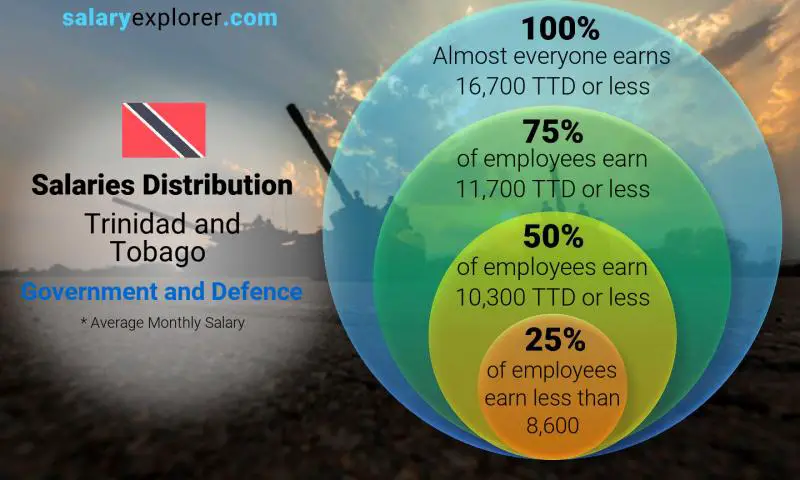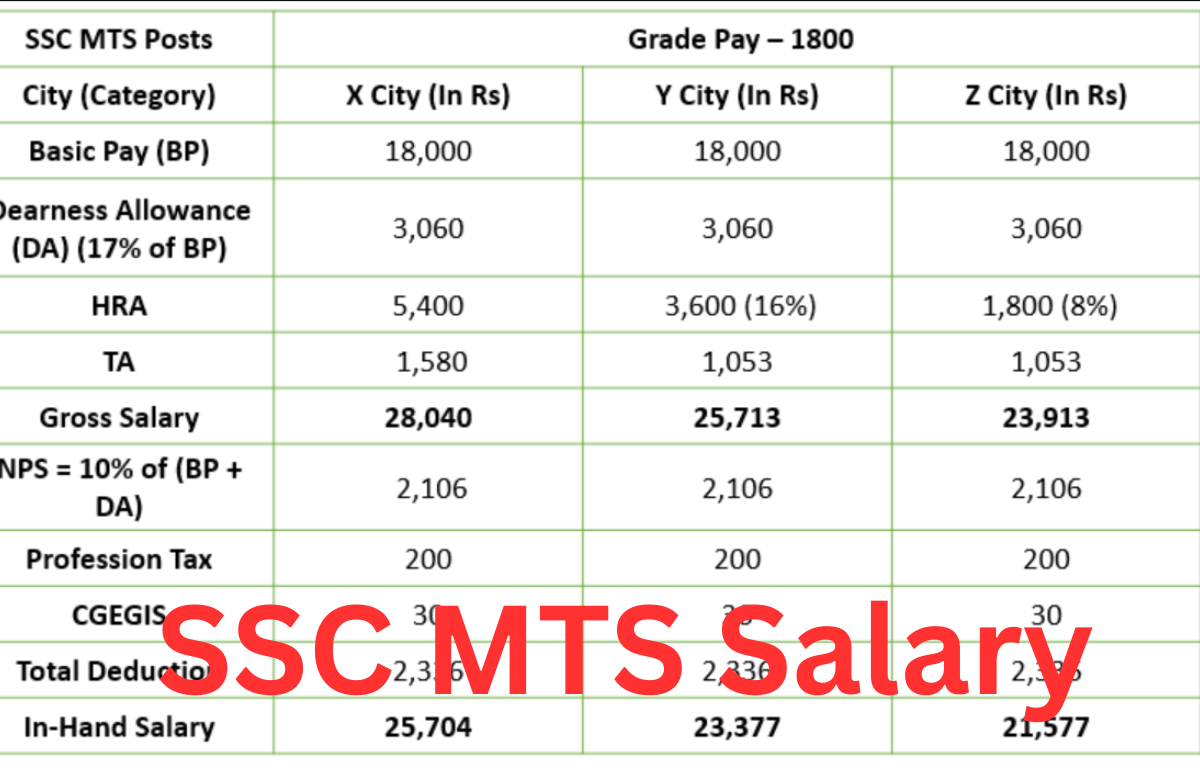Dmlt Salary Per Month In Government

The debate surrounding public sector compensation is a perennial topic of national discourse, particularly when it comes to specialized roles critical to public health. One such area garnering increasing attention is the remuneration of Diploma in Medical Laboratory Technology (DMLT) professionals employed by the government.
The compensation packages for DMLT holders are pivotal not only for attracting and retaining qualified personnel, but also for ensuring the quality and efficiency of diagnostic services within the public healthcare system. Discrepancies in pay scales, perceived undervaluation of their expertise, and the rising cost of living are fueling demands for a re-evaluation of their monthly salaries. This article delves into the complexities surrounding DMLT salaries in government service, exploring the factors that influence their compensation, regional variations, and the broader implications for the healthcare sector.
Factors Influencing DMLT Salaries
Several factors contribute to the determination of a DMLT professional’s monthly salary in the government sector. Educational qualifications, including any advanced certifications or specializations beyond the basic diploma, play a crucial role.
Years of experience within the field are also heavily weighted, with seniority typically translating into higher pay grades. Furthermore, the specific state or region of employment can significantly impact compensation, due to variations in state government policies and cost of living adjustments.
The level of responsibility associated with the role also dictates the pay scale. A DMLT professional working in a specialized department or holding a supervisory position is likely to command a higher salary.
Regional Variations and Salary Disparities
Significant disparities exist in the salaries offered to DMLT professionals across different states and union territories in India. States with stronger economies and more robust healthcare budgets tend to offer more competitive compensation packages to attract and retain skilled healthcare personnel.
Conversely, regions with limited resources or where the demand for skilled DMLT professionals is not as pronounced may offer lower salaries, leading to talent drain and compromised healthcare services. These variations can be attributed to a combination of factors, including state-specific pay scales, cost of living indices, and the overall budgetary allocation for healthcare.
Data on salary trends compiled by the National Health Mission and various state health departments highlight these regional differences. Some states offer a starting salary that is significantly higher than the national average, while others lag behind, raising concerns about equity and workforce distribution.
Current Salary Structures and Challenges
The current salary structures for DMLT professionals in the government sector are often governed by pay commissions and state government regulations. While these structures aim to provide a standardized framework for compensation, they often fall short of addressing the specific challenges faced by DMLT professionals.
Many DMLT holders report that their salaries are not commensurate with their responsibilities and the technical expertise required for their roles. The increasing workload due to staff shortages and the need to keep abreast of rapidly evolving diagnostic technologies further exacerbate these concerns.
Moreover, the lack of opportunities for career advancement and professional development within the government sector can lead to stagnation and demotivation, prompting skilled DMLT professionals to seek employment in the private sector, where salaries and benefits are often more attractive.
The Impact of Undervaluation
The perceived undervaluation of DMLT professionals can have far-reaching consequences for the public healthcare system. Low salaries and limited career prospects can deter talented individuals from entering the field, leading to a shortage of qualified personnel.
This shortage can, in turn, compromise the quality and efficiency of diagnostic services, potentially impacting patient outcomes. Furthermore, underpaid and demotivated DMLT professionals may be more prone to errors and less likely to invest in continuous professional development.
This could ultimately undermine the accuracy and reliability of laboratory testing, which is crucial for accurate diagnoses and effective treatment.
The Path Forward: Towards Fair Compensation
Addressing the issue of DMLT salaries requires a multi-pronged approach that involves policy reforms, increased investment in healthcare, and a greater recognition of the critical role played by these professionals. Regular reviews of pay scales, taking into account factors such as inflation, cost of living, and the evolving demands of the profession, are essential.
Governments should also explore opportunities for providing incentives, such as performance-based bonuses and allowances for specialized skills, to attract and retain talented DMLT professionals. Investing in continuous professional development programs and creating clear pathways for career advancement can also help to motivate and empower DMLT professionals.
Ultimately, ensuring fair and competitive compensation for DMLT professionals is not just a matter of equity, but a strategic imperative for strengthening the public healthcare system and improving patient outcomes.
The Ministry of Health and Family Welfare is currently reviewing existing pay structures.Further policy adjustments are expected in the coming fiscal year.

















.jpg)
